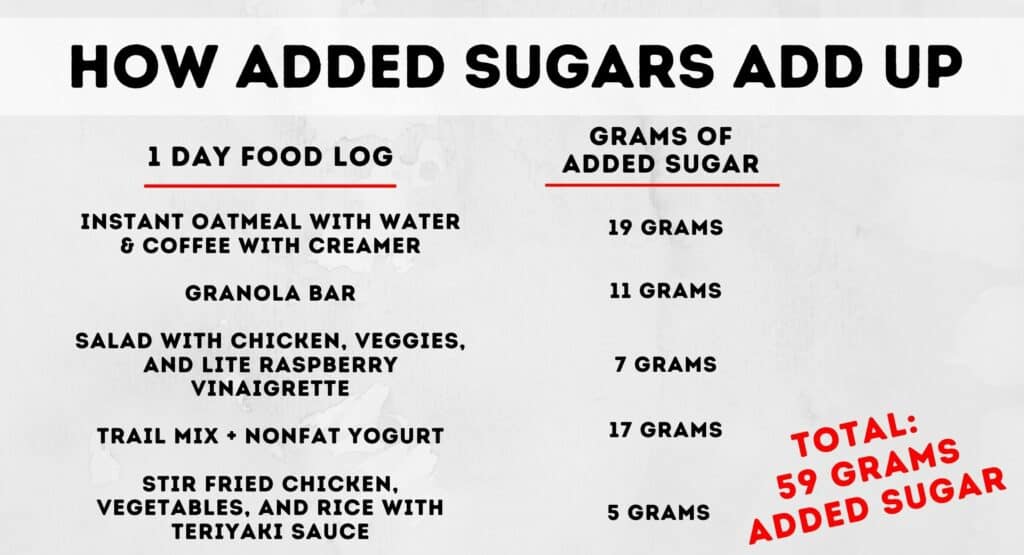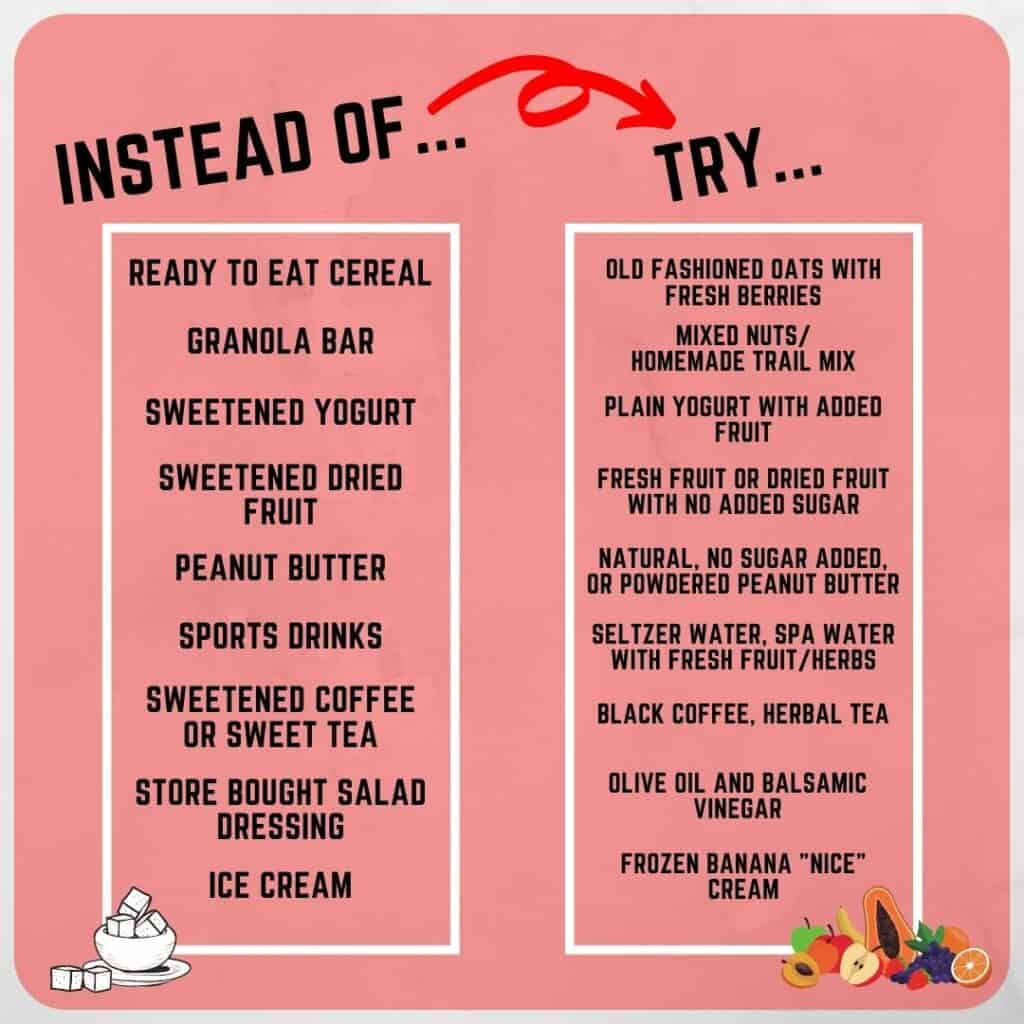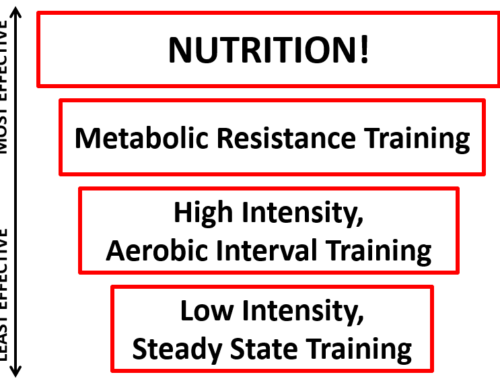
Last Updated: 7/2/23
Many people think of sugar as the root of all evil when it comes to losing weight or creating healthier eating habits. This is a fair assumption considering that over consumption of sugar can lead to weight gain and increased risk for chronic diseases like heart disease and type 2 diabetes. So how do we tackle our sugar intake and get ourselves set up for success with a healthy balanced diet?
First, it is important to understand that not all sugar is created equally. We must distinguish between natural sugars and added sugars. Natural sugars are the sugars that are naturally occurring in foods like fruits, vegetables, and dairy. When we eat these sugars, our body also receives important nutrients like fiber, water, protein, and essential vitamins and minerals. Added sugars, on the other hand, tend to replace more nutritious sources of energy or lead to an excess intake of calories. Added sugars are added to foods during processing to make them more palatable. Desserts, candy, and sweetened beverages are the obvious culprits, but it’s important to note that added sugars are located in common foods like cereal, bread, peanut butter, pasta sauce, and condiments. Your daily added sugar intake can quickly add up!
Consuming the majority of your daily sugar intake from natural rather than added sources will not only help prevent chronic disease but will also ensure your body is getting the nutrients that are vital to long term health and happiness.
How much added sugar is too much?
The 2020-2025 Dietary Guidelines for Americans recommend that no more than 10% of daily calories be from added sugars. For a 2000 calorie diet, this means no more than 200 calories, or 50 grams, of added sugars per day. This equates to about 16oz of regular soda, or 1.5 cups of ice cream. The American Heart Association recommends an even lower number, with no more than 100 calories (25 grams) and no more than 150 calories (38 grams) of added sugars for women and men, respectively. On average, Americans consume approximately 50% more than the recommended daily allowance for added sugar. Check out the below sample day to see just how easily added sugars can add up!

Tips to tackle your added sugar intake:
Utilize Food Tracking Apps: Changing our nutrition habits starts with heightening our awareness around the issue. We are firm believers in utilizing digital resources to help us change habits. Now that we know added sugars can add up, start utilizing food tracking apps such as MyFitnessPal to see how much added sugar you’re consuming on a daily basis.
Check the label for added sugars: As of 2021, nutrition labels must include added sugars in their breakdown. This is a great way to stay informed about the amount of added sugars in your diet, without having to worry about deciphering the many different names for sugar on the ingredients list. Foods labeled “low in added sugars” contain 5% or less of the daily value (2.5g) for added sugar. Aim to limit foods with 10 or more grams of added sugars per serving.
Try these simple swaps to cut back on added sugar intake:

Remember, less is more: If you try to kick your sugar habit by cutting out every last gram of added sugar in your diet, you are likely to be left feeling frustrated and dissatisfied. Instead, focus your attention on just one meal, beverage, or snack and find ways to decrease the added sugar content in that one area. Once you have accomplished this task, you will have begun the process of creating a new healthy habit—and every small change adds up!
Finally, changing our diet is a habit-changing endeavor. Removing old habits, forming new ones, and sustaining healthy habits can be challenging process. Be sure you are changing your habits for the right reasons and your perspective is one that is positive and true. Any effort to change our habits will be difficult without these building blocks.




